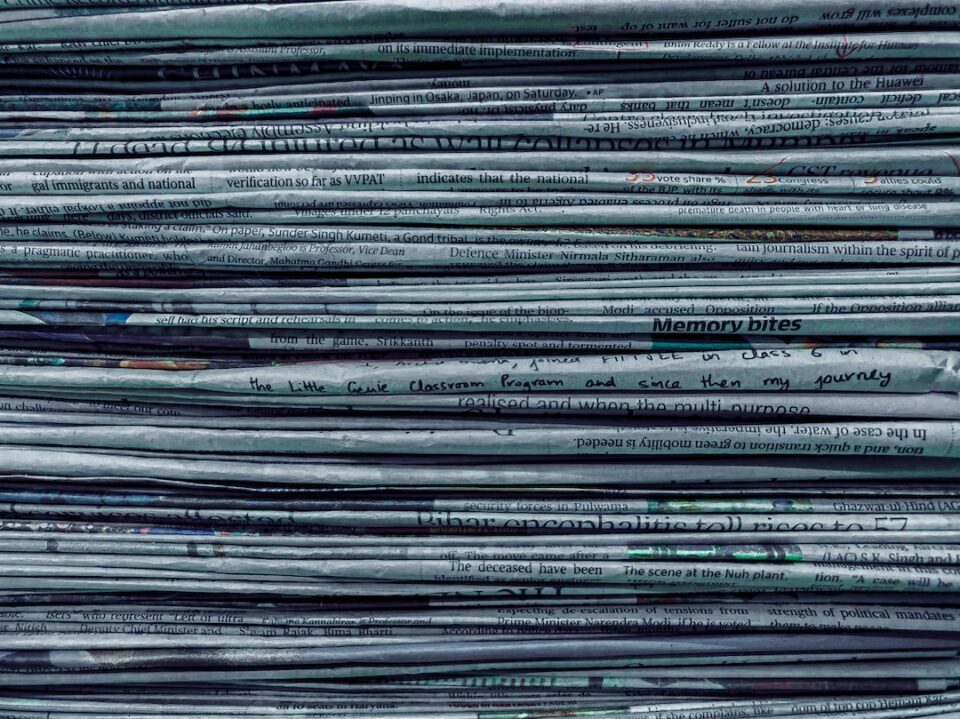The fashion industry has long been criticized for its lack of diversity, particularly when it comes to representation on the runways. Despite the increasing awareness and demand for inclusivity, many fashion brands and designers still fail to showcase a diverse range of models in their shows. This lack of representation not only perpetuates systemic racism and discrimination but also alienates a significant portion of potential consumers.
One of the key issues within the fashion industry is the underrepresentation of models from various racial and ethnic backgrounds. Historically, the industry has favored Eurocentric beauty standards, ignoring the rich diversity that exists in the world. This has led to the exclusion of models of color, making it difficult for them to gain visibility and recognition in the fashion world.
The impact of this exclusion is profound, as it reinforces societal beauty standards that are not inclusive or representative of the diversity in global cultures. When individuals constantly see a narrow definition of beauty on runways and in advertisements, it can lead to feelings of inadequacy and low self-esteem, especially among marginalized communities. In turn, this perpetuates the cycle of exclusion and discrimination within the industry.
Furthermore, the lack of diversity in the fashion industry also extends to body inclusivity. The industry has long favored thin and often unattainable body standards, leading to the marginalization of individuals who do not fit these limited ideals. This not only excludes plus-size individuals but also perpetuates harmful norms that prioritize thinness over health and well-being.
Fortunately, there has been a growing movement towards inclusivity within the fashion industry. Many activists, models, and consumers have been raising their voices and demanding change. Some fashion brands and designers have taken steps towards increasing diversity on runways and in campaigns. They have begun to cast models of different ethnicities, body sizes, and genders, challenging the traditional norms that have held the industry captive for so long.
In recent years, several high-profile events have also publicly addressed the lack of diversity within the fashion industry. The 2019 Fashion Week, for example, saw an increase in models of color on the runways, thanks to the efforts of diversity-focused organizations and the support of influential figures within the industry. However, these efforts need to be sustained and ingrained into the industry’s culture to ensure lasting change.
To overcome this lack of diversity, it is crucial for fashion brands and designers to embrace inclusivity at every level of their operations. This means diversifying their creative and casting teams, actively seeking out talent from underrepresented communities, and challenging traditional standards of beauty. The fashion industry has the power to influence society, and it is essential for it to use its platform to celebrate and represent people of all backgrounds.
In conclusion, the fashion industry is facing justified criticism for its lack of diversity on runways. The underrepresentation of models from different racial and ethnic backgrounds, as well as the exclusive focus on thin body standards, not only perpetuates harmful beauty norms but also alienates a significant portion of consumers. However, with increasing awareness and demand for inclusivity, there is hope for change. It is crucial for fashion brands and designers to prioritize diversity and inclusivity, both on and off the runways, to create a more inclusive and representative industry that celebrates the beauty in all its forms.

